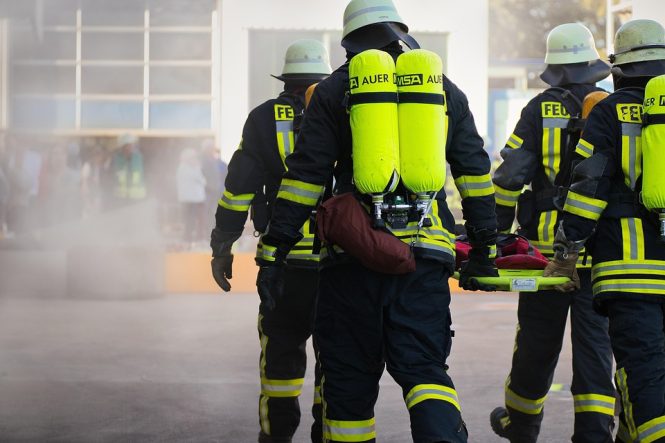
Safety First: Essential Surfing and SUP Safety Tips
As exciting and exhilarating as surfing and Stand-Up Paddleboarding (SUP) can be, safety should always be the top priority. Whether you’re a seasoned pro or a beginner, it’s crucial to be aware of the potential hazards and take necessary precautions to minimize risks. In this article, we’ll cover essential surfing and SUP safety tips to help you stay safe and enjoy your time on the water.
Pre-Surf and Pre-Paddle Checks
Before you hit the waves or paddle out, make sure you’ve done your due diligence:
- Check the forecast: Look for information on wave height, tide, wind, and water conditions. Avoid surfing or SUPing during strong winds, thunderstorms, or rough seas.
- Know your limits: Be honest about your skill level and don’t push yourself beyond what you’re comfortable with.
- Inspect your gear: Ensure your surfboard, paddle, or SUP is in good condition, and that your leash is securely attached.
- Dress for success: Wear a wetsuit or rash guard, and consider a helmet, booties, and gloves for added protection.
Safety Essentials
The following safety essentials are must-haves for any surfer or SUPer:
- Leash: A leash keeps your board attached to your ankle, preventing it from getting lost or hitting others.
- Personal Flotation Device (PFD): A PFD, such as a life jacket, can help keep you afloat in case of a wipeout or exhaustion.
- First aid kit: A basic first aid kit should include supplies for treating cuts, scrapes, and minor injuries.
- Communication device: Carry a phone, radio, or whistle to call for help in case of an emergency.
Surfing Safety Tips
Surfing can be a high-risk activity, but with these safety tips, you can minimize your chances of getting hurt:
- Respect the locals: Be aware of local surf etiquette and respect other surfers in the lineup.
- Know your surf spot: Understand the break, tidal patterns, and any potential hazards like currents or rocks.
- Stay alert: Keep an eye on the horizon, other surfers, and your surroundings to avoid collisions.
- Wipeout safety: If you wipe out, stay calm, and use your arms to protect your head and neck.
SUP Safety Tips
While SUPing can be a more relaxed activity, it’s still important to follow these safety tips:
- Start on your knees: If you’re new to SUPing, start on your knees to get a feel for the board and improve your balance.
- Paddle with a buddy: SUPing with a partner can help in case of an emergency and provide an extra set of hands.
- Be aware of your surroundings: Keep an eye out for other watercraft, swimmers, and obstacles like buoys or rocks.
- Stay hydrated: Bring water and snacks to stay energized and focused during your paddle.
Emergency Procedures
In case of an emergency, follow these procedures:
- Stay calm: Panic can lead to poor decision-making, so remain calm and think clearly.
- Call for help: Use your communication device to call for assistance or signal for help.
- Provide first aid: If someone is injured, provide basic first aid and try to keep them calm.
- Know your evacuation procedures: Be aware of the nearest exit point and have a plan in place for evacuating the water in case of an emergency.
Conclusion
Surfing and SUPing can be incredibly rewarding experiences, but safety should always be your top priority. By following these essential safety tips, you can minimize your risk of injury and enjoy your time on the water. Remember to always be aware of your surroundings, respect the ocean and other water users, and take necessary precautions to stay safe. With the right mindset and preparation, you can have a fun and safe surfing or SUPing experience.